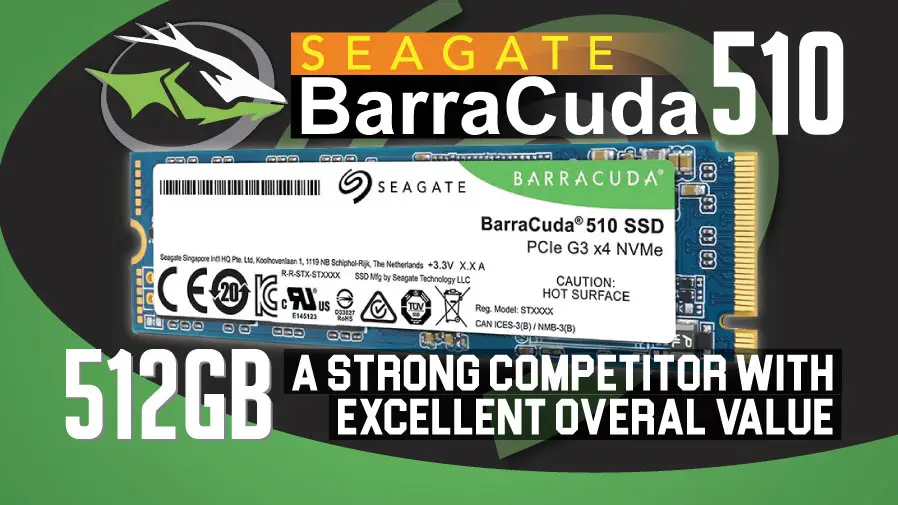Not that long ago we took a long hard look at Micron’s latest and great NAND – “Replacement Gate NAND 2.0” – and walked away extremely impressed with what that NAND could do. Without putting too much spin on things it is quite literally capable of elevating mediocre controller based NVMe SSDs into greatness. It is a game changer. It is even as durable and robust as it is fast. Though, we did wonder aloud though what this NAND was really capable of. For instance, if one was to combine this NAND and say a Phison E18 controller… exactly how much better would the end result be than Micron/Crucial’s offering(s) are. Whelp. It looks like we were not alone in our musings as that is precisely what Seagate has done via their all-new Seagate FireCuda 530 series. Today we will be putting the moderately large 2TB version to the test to see what this $440 USD drive is capable of.

The fact that Seagate is replacing their award winning FireCuda 520 series so quickly underscores exactly how fast the NVMe market is moving. Where once 4 lanes of PCIe 3.0 goodness was considered excellent, now 4 lanes of PCIe 4.0 is the bare minimum. In fact, just being PCIe 4.0 x4 enabled is not enough. Now drives need to break the 7GB/s barrier if they want to impress enthusiasts. The same is true of IOPS (which IONSHO is more important), with anything not hitting 7 digits is now the definition of mediocrity. Same for capacity. The 520 technically topped out at 4TB but those were 22110 form-factor drives which were as rare as hens’ teeth and 2TB was the realistic max… and cost max bucks at about $500 USD (when released).
Make no mistake, the new 530 variant of the venerable FireCuda NVMe SSD series is going to have large shoes to fill… as the FireCuda 520 is not joke. Even today the ‘old’ 520 power a lot of newly built systems. A lot of high-performance systems with a lot of people extremely pleased with the capacity, the performance, and overall value of their recently acquired FireCuda 520 drive. This does beg the question on precisely when an increase in theoretical performance is enough translates into noticeably better real-world performance. Afterall, theory is all well and fine, but if the NVMe SSD you are rocking is so blazingly fast that any performance improvements are measured in time slices so small as to be unnoticeable… is it really worth it? That is a tough question to answer, but hopefully by the end of the review you should know if it is indeed a big enough bump in performance to be worth spending the money on… or conversely if you should probably skip a generation before upgrading your existing PCIe 4 gen 1 drive.











